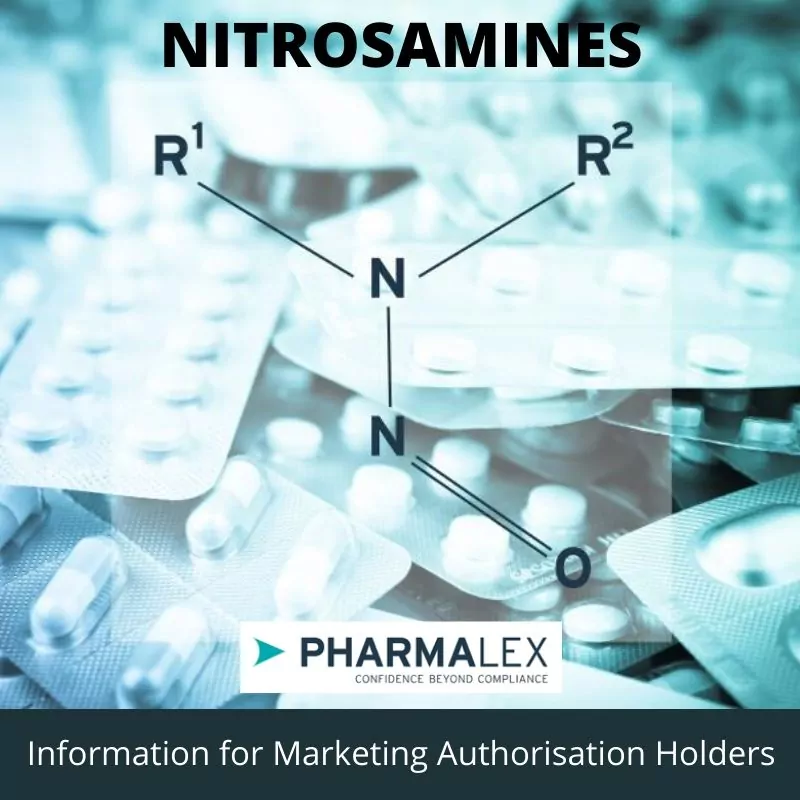Following our last article in April 2020 regarding the impending deadline for nitrosamines, the EMA first extended the deadline to complete the risk evaluation for commercial drugs to 01 October 2020 due to the COVID-19 pandemic. The deadline for the risk evaluation has since been extended to 31 March 2021. An updated Q&A was published in August 2020. In addition, in July 2020 the scope was widened to include biologic active substances, for these the risk evaluation must be completed by 01 July 2021. Confirmatory testing and submission of manufacturing changes via variation applications should be completed by 26 September 2022 for chemical and 01 July 2023 for biological medicines. Information regarding the requirements for Marketing Authorization Holders (MAH) remains the same. The EMA publication from June 2020, instructing MAH to take precautionary measures to mitigate the risk of nitrosamine formation or presences during manufacture of all medicines containing chemically synthesized active substances can be found here>>
The publication also serves as a reminder of the responsibilities of the MAH as laid down in Directive 2001/83/EC. While the MAH can delegate activities such as API manufacturing, they cannot delegate responsibility for ensuring the quality, safety and efficacy of the finished product for the patient.
Additionally, the US FDA recently released a guidance for industry in September 2020. The FDA expects that the risk assessment for all currently approved or marketed drug products (including their respective APIs) conclude within 6 months of guidance publication (i.e. by end of February 2021), and confirmatory testing and submission of required changes conclude within 3 years (i.e. by September 2023). Pending applications’ risk assessments and confirmatory testing should be performed expeditiously.
The MAH together with API and finished product manufacturers should perform a risk evaluation using Quality Risk Management Principles that are set out in ICH Q9 of their medicinal products containing chemically synthesized API. The risk assessment should consist of the identification of hazards and the analysis and evaluation of risks associated with the arrangements for preventing nitrosamine formation as well as contamination or cross contamination. The following products are under scope:
- Approved products (reference listed drugs, generics and OTCs)
- On-going procedures
- Investigational Medicinal Products (IMPs)
Key questions to consider during the risk assessment are:
- Is there a risk of nitrosamines forming in the API synthetic process taking into consideration the combination of reagents, solvents, catalysts and starting materials used, intermediates formed, impurities and degradants?
- Is there a potential risk of nitrosamine contamination (e.g. from recovered materials such as solvents, reagents and catalysts, equipment, degradation, starting materials or intermediates)?
- Is there any potential of nitrosamine formation during the manufacture of the finished product and/or during storage throughout its shelf life?
Should the risk evaluation lead to the identification of nitrosamines confirmatory testing should be performed using appropriately validated and sensitive testing methods. Following that, updates to the MAH may be required.
PharmaLex can support companies in making sure that they understand the regulatory requirements in relation to nitrosamines, that their risk assessment is valid, that they are carrying out appropriate testing, and that they are interpreting the information correctly. Contact us at contact@pharmalex.com








